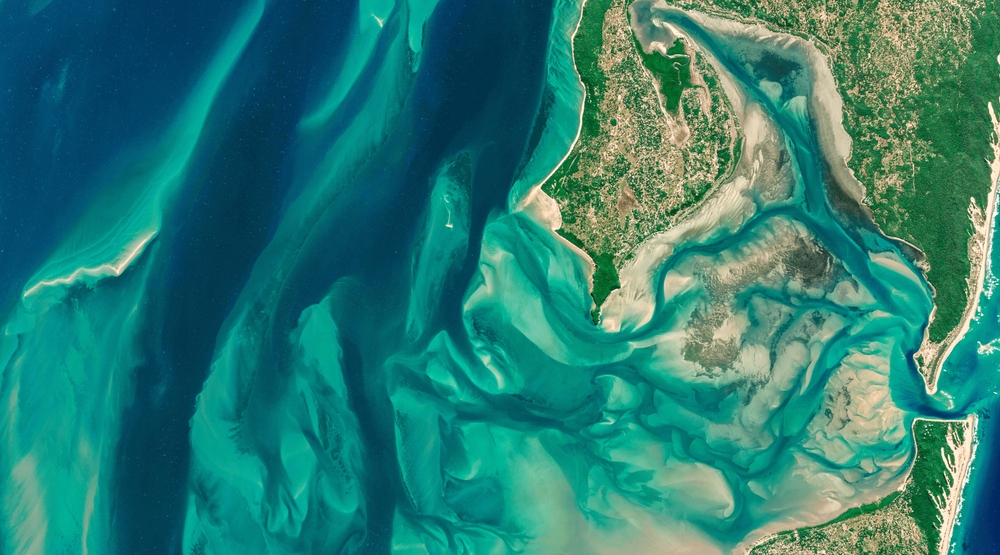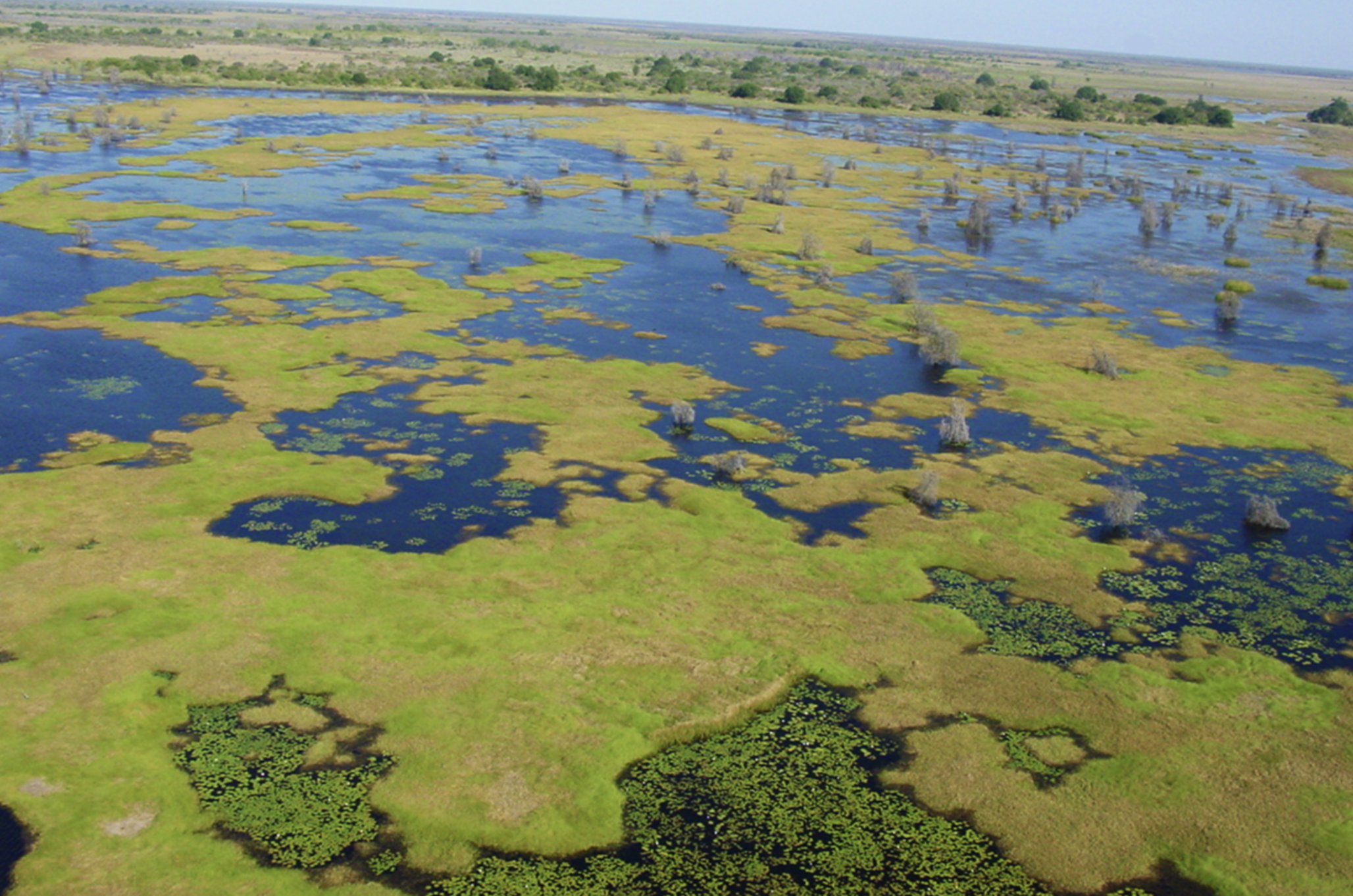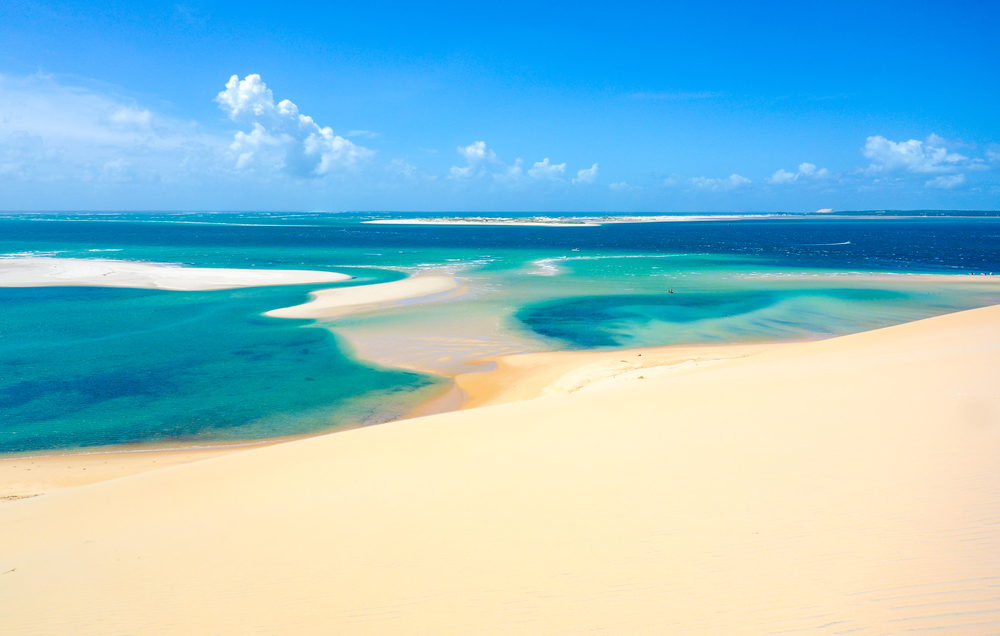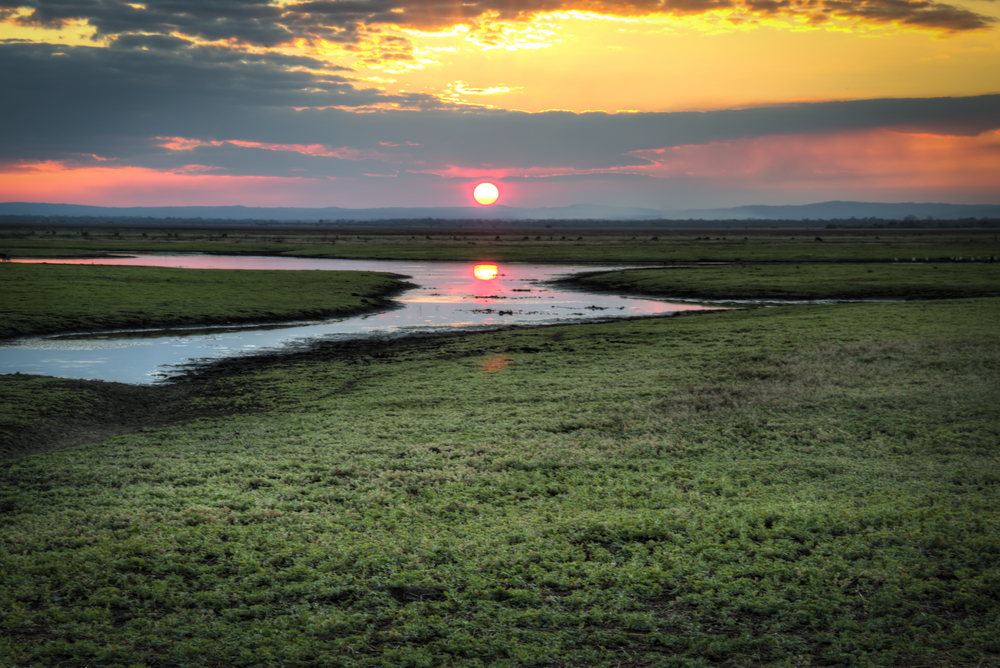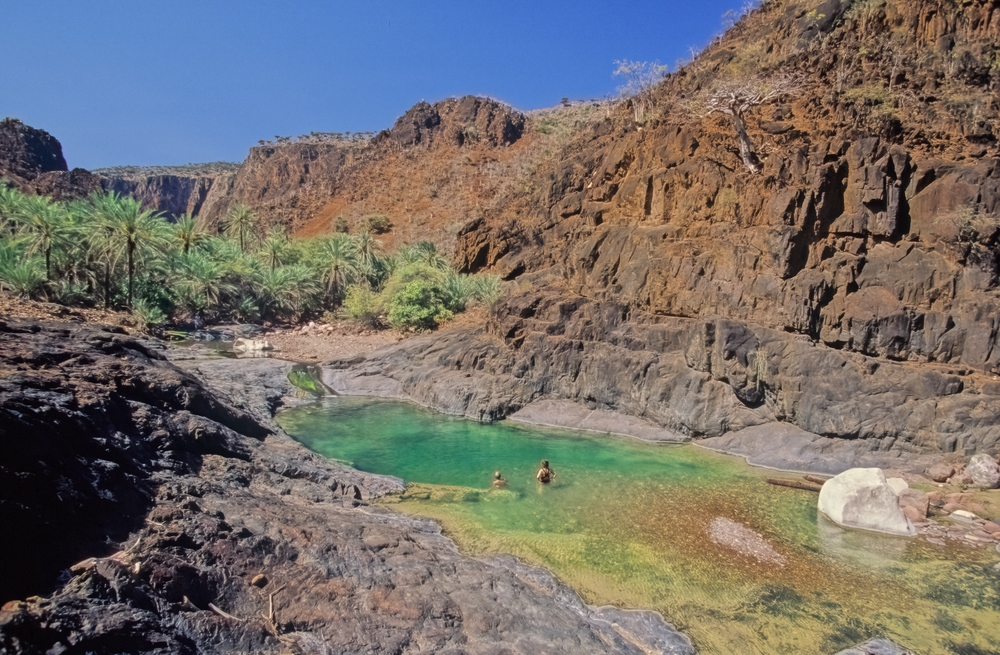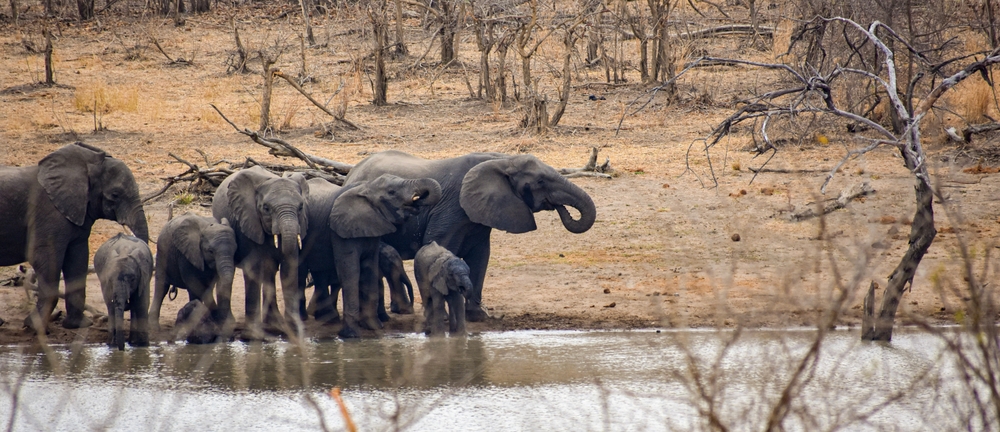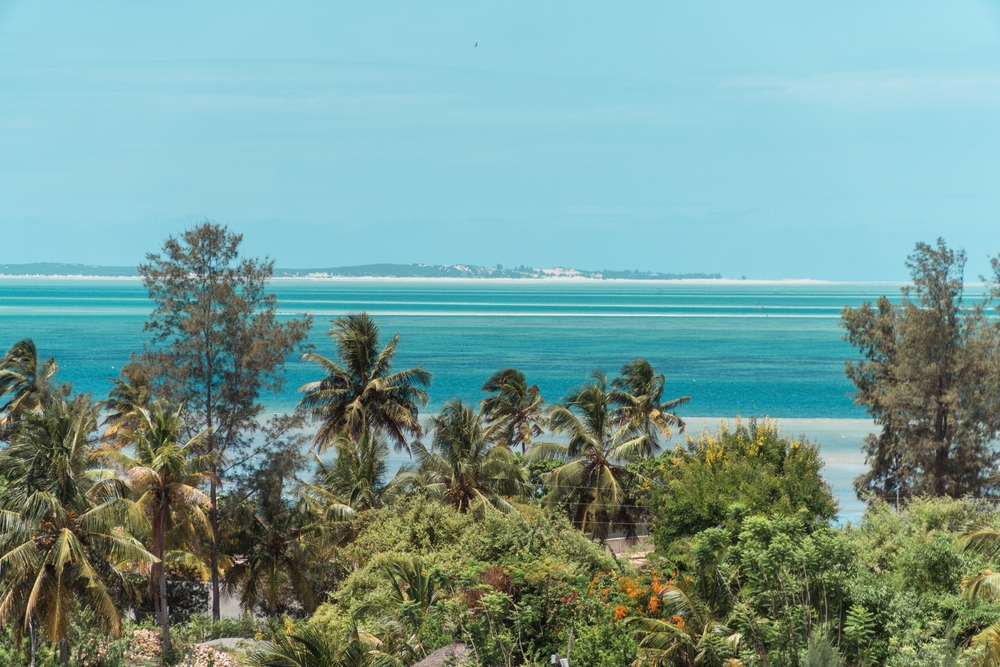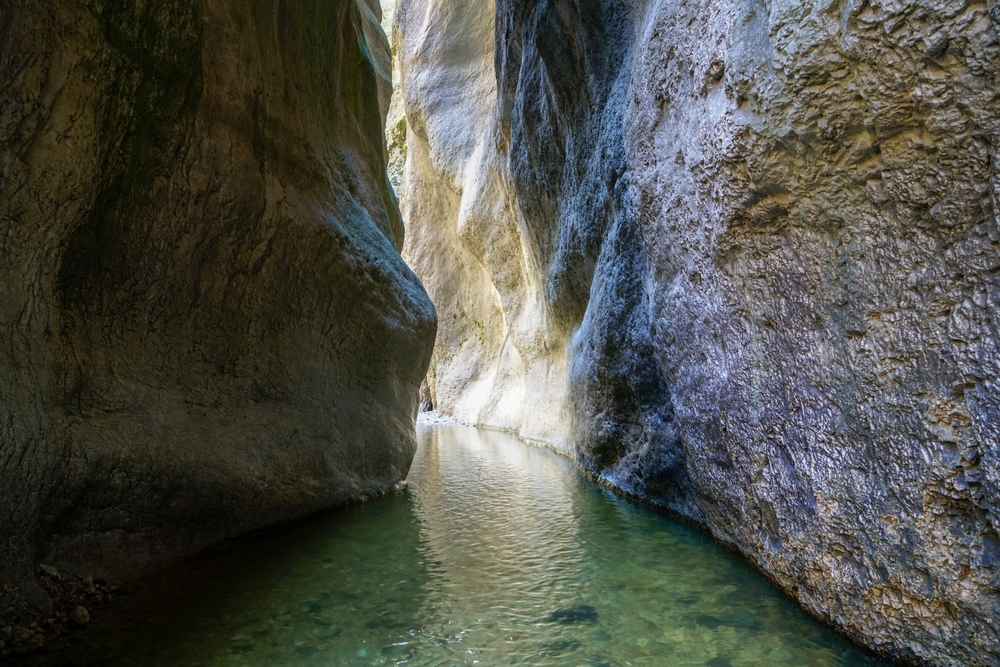Mozambique’s national parks are treasures of biodiversity, protecting the country’s diverse ecosystems and offering a glimpse into its remarkable natural heritage. These parks encompass a variety of landscapes, from dense tropical forests and savannas to wetlands and pristine coastal areas. Mozambique’s national parks not only safeguard its unique flora and fauna but also support eco-tourism and contribute to the livelihoods of local communities. As the country continues to recover from a history of conflict and poaching, its national parks represent hope and resilience for conservation.
One of the most renowned national parks in Mozambique is Gorongosa National Park, often referred to as the crown jewel of the country’s conservation efforts. Located in central Mozambique, Gorongosa is a biodiversity hotspot that spans savannas, floodplains, woodlands, and the slopes of Mount Gorongosa. The park is home to elephants, lions, hippos, and over 400 bird species, making it a paradise for wildlife enthusiasts. Decades of civil war devastated its wildlife populations, but extensive restoration efforts, led by partnerships between the Mozambican government and conservation organizations, have brought remarkable recovery. Gorongosa is now a model for community-based conservation, integrating local people into its management and creating sustainable opportunities for them.
Another notable park is Bazaruto Archipelago National Park, which protects a stunning group of islands off Mozambique’s southern coast. This marine park, established in 1971, is a sanctuary for dugongs, dolphins, and an array of fish species. Its coral reefs and crystal-clear waters attract divers and snorkelers from around the world. The park is vital for conserving marine ecosystems and is a significant breeding ground for endangered sea turtles. Conservation efforts here focus on sustainable fishing practices and protecting critical habitats from the pressures of tourism and development.
Quirimbas National Park, located in northern Mozambique, combines terrestrial and marine environments. It stretches across the mainland and the Quirimbas Archipelago, featuring mangroves, coral reefs, and savannas. The park supports diverse wildlife, including elephants, marine turtles, and over 350 bird species. Quirimbas faces challenges from illegal logging and unregulated fishing, but efforts to engage local communities in conservation and sustainable tourism have shown promise.
Mozambique’s national parks face significant conservation challenges, including habitat destruction, poaching, and climate change. However, there have been notable successes, such as the restoration of Gorongosa and the protection of marine ecosystems in Bazaruto. Partnerships with international conservation organizations and community-driven initiatives have been key to overcoming these challenges. Mozambique’s national parks are vital for preserving the country’s natural and cultural heritage while offering incredible opportunities for visitors to experience its unique landscapes and wildlife. Through continued conservation efforts, these parks will remain essential for biodiversity and a source of inspiration for future generations.








































































